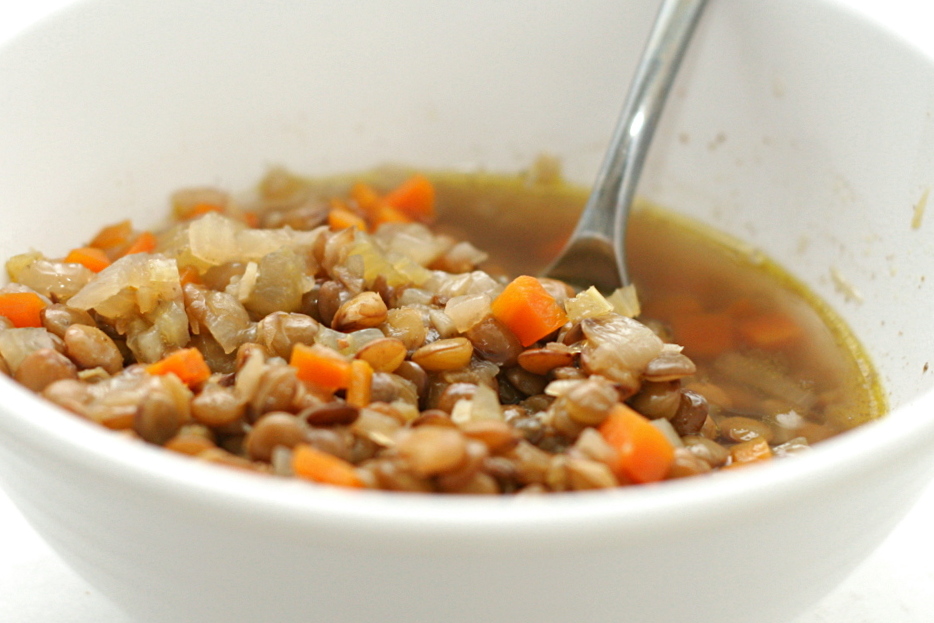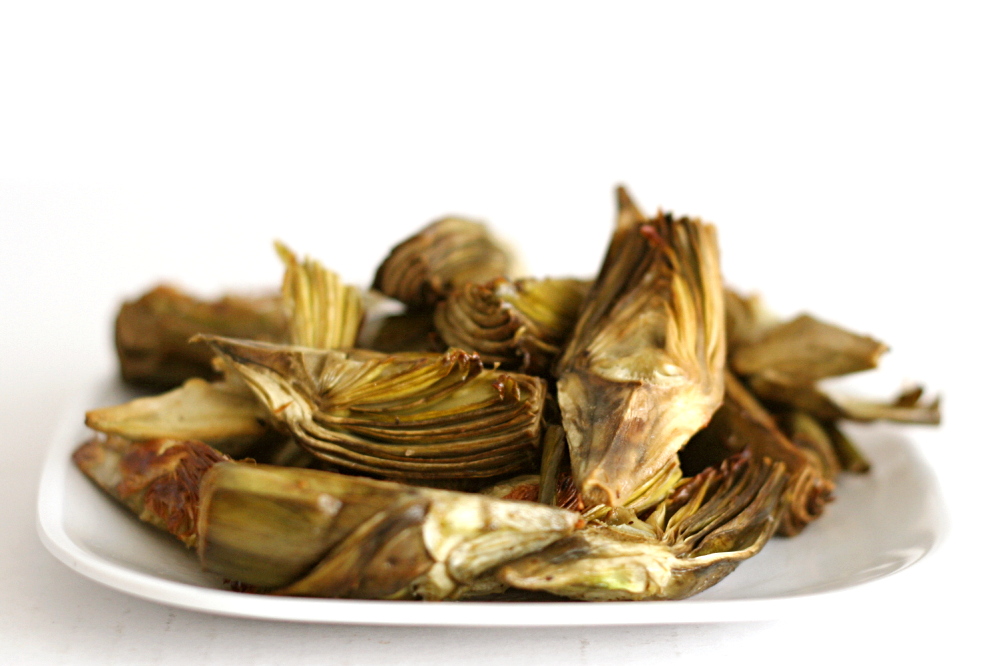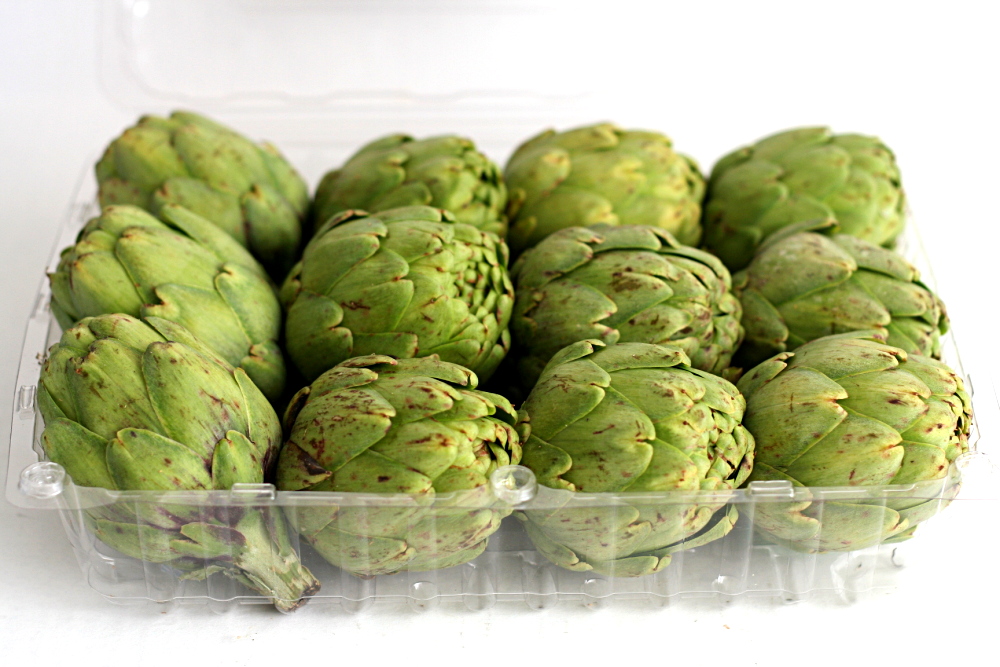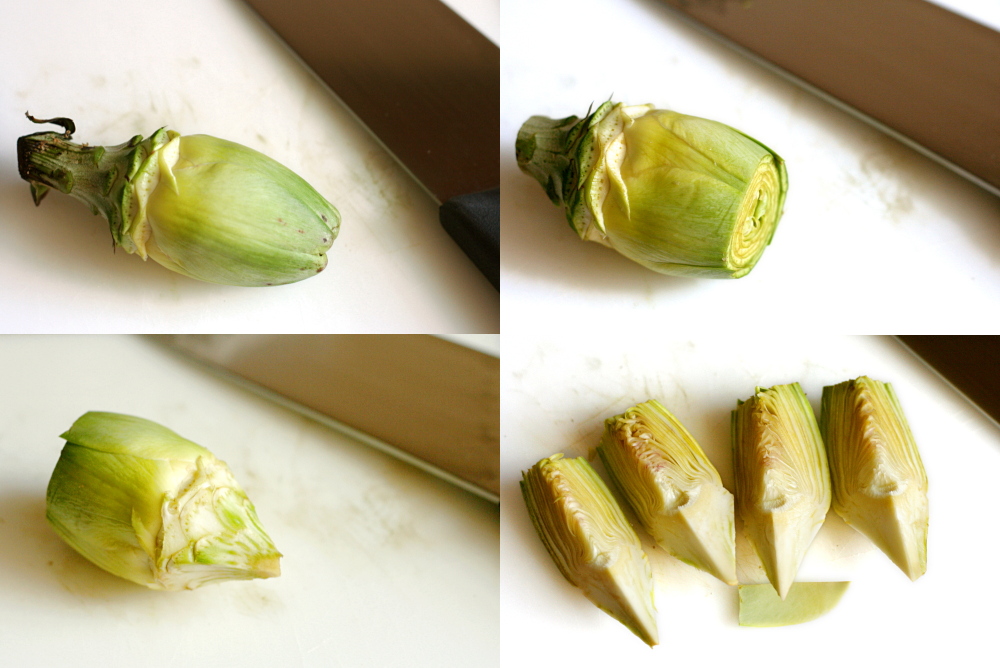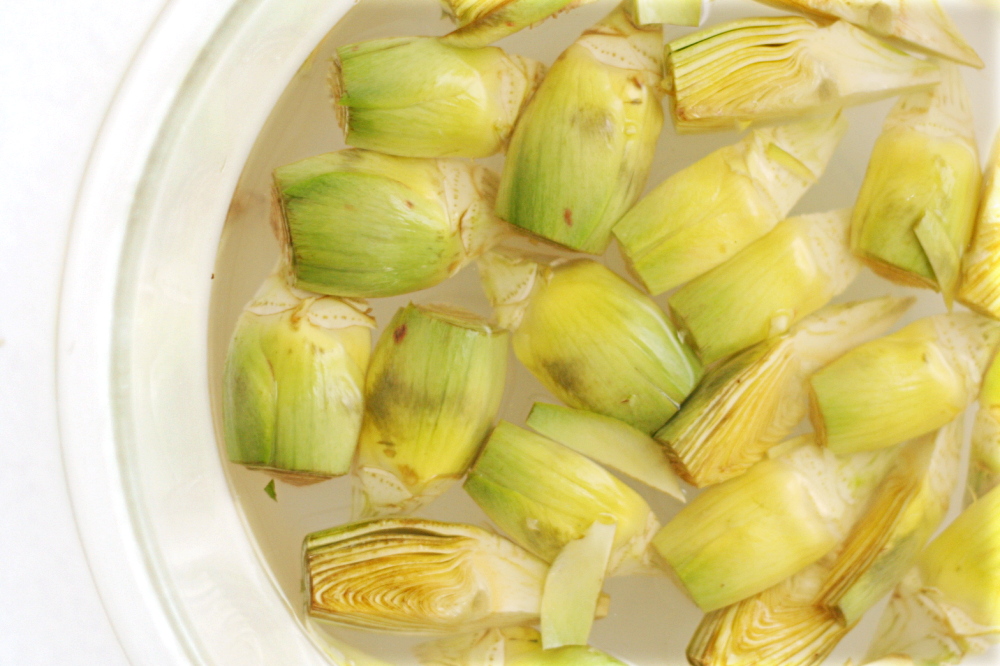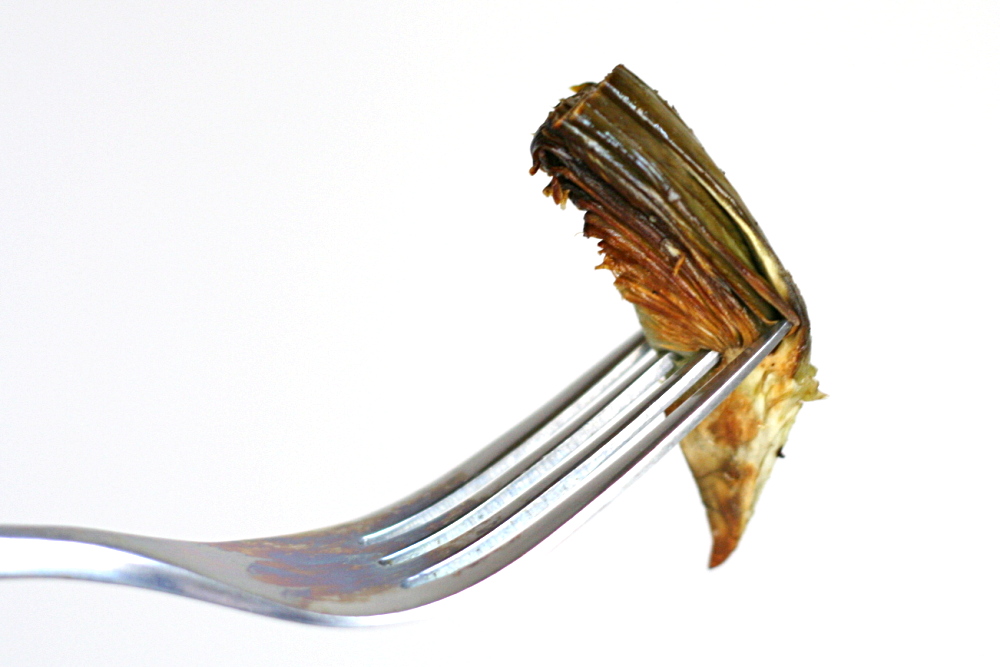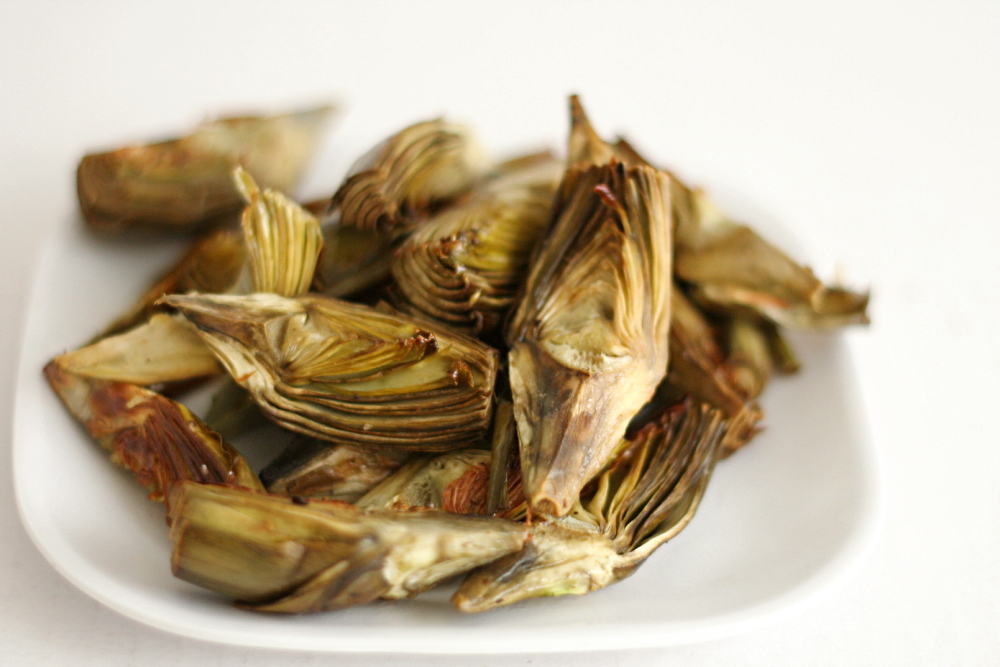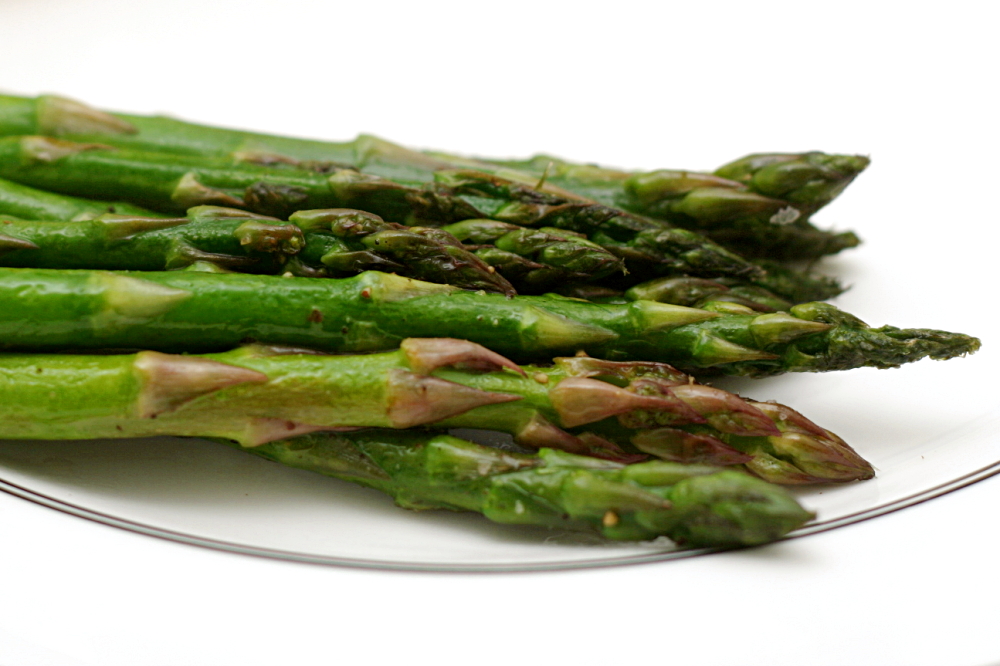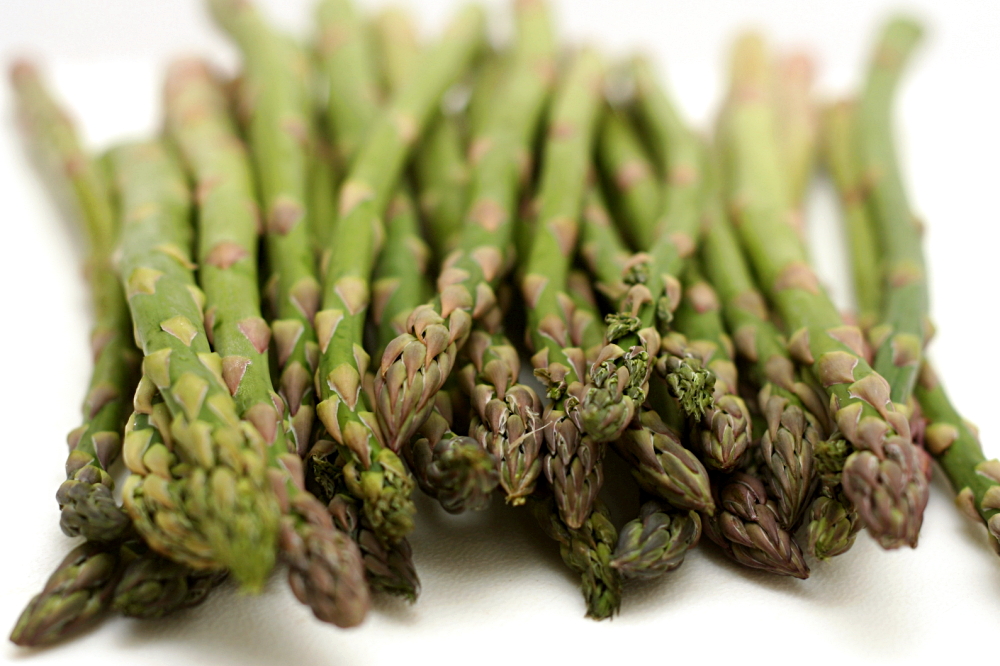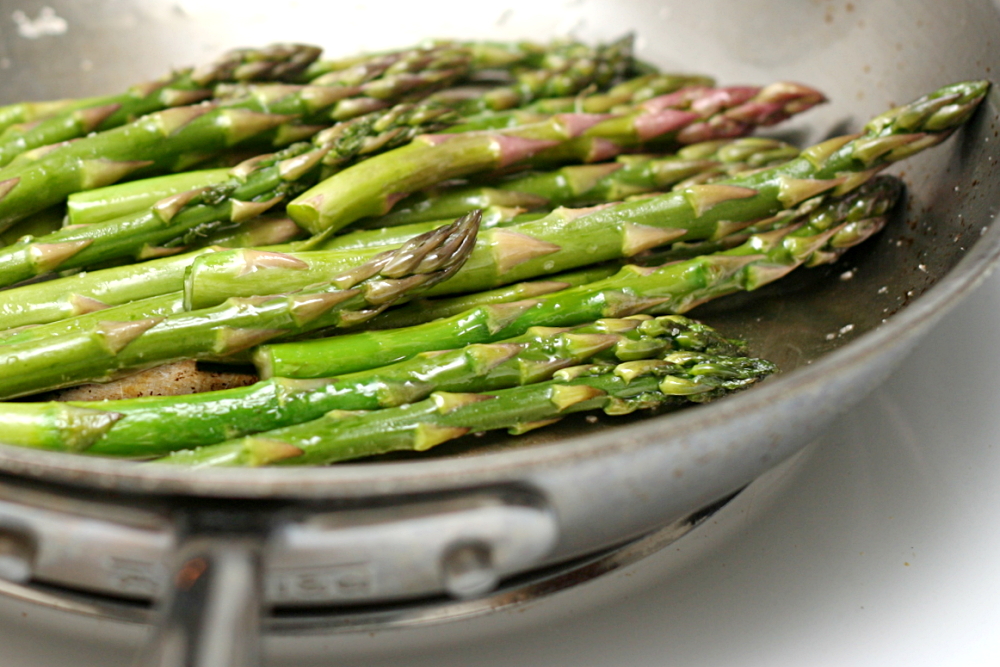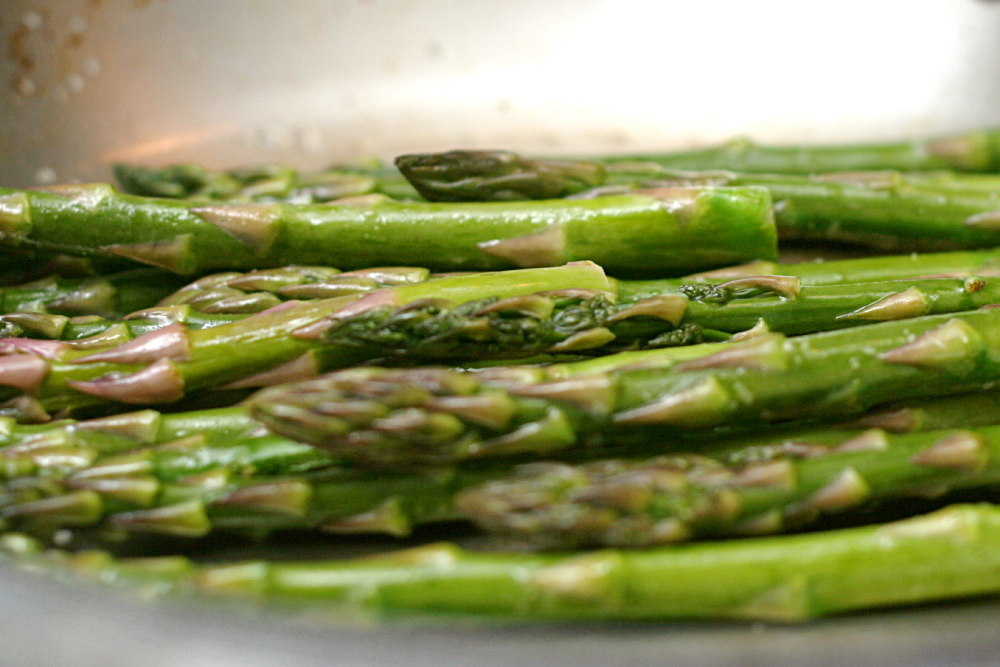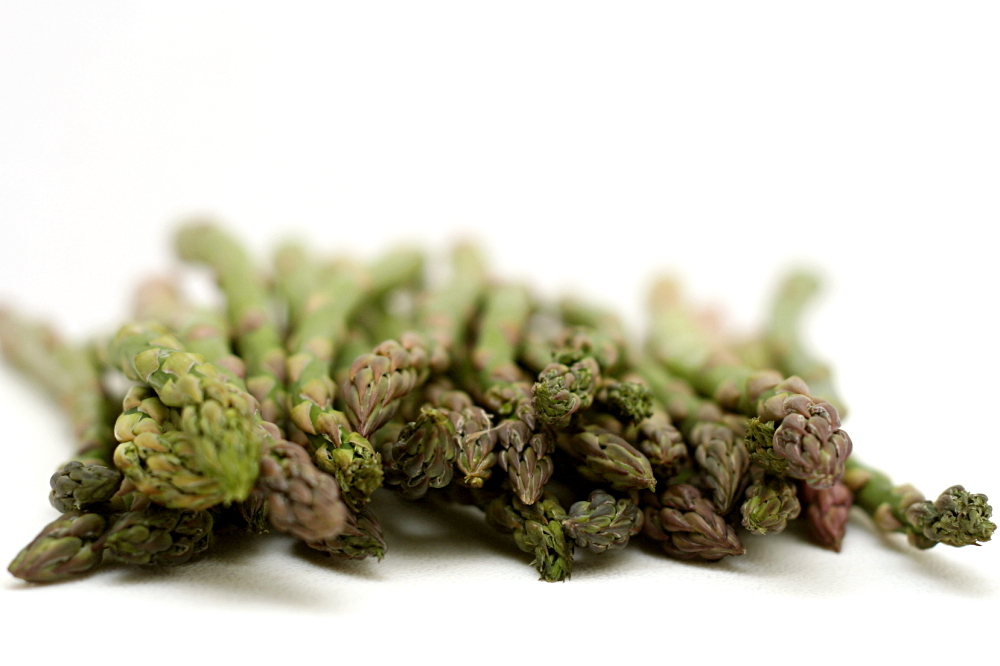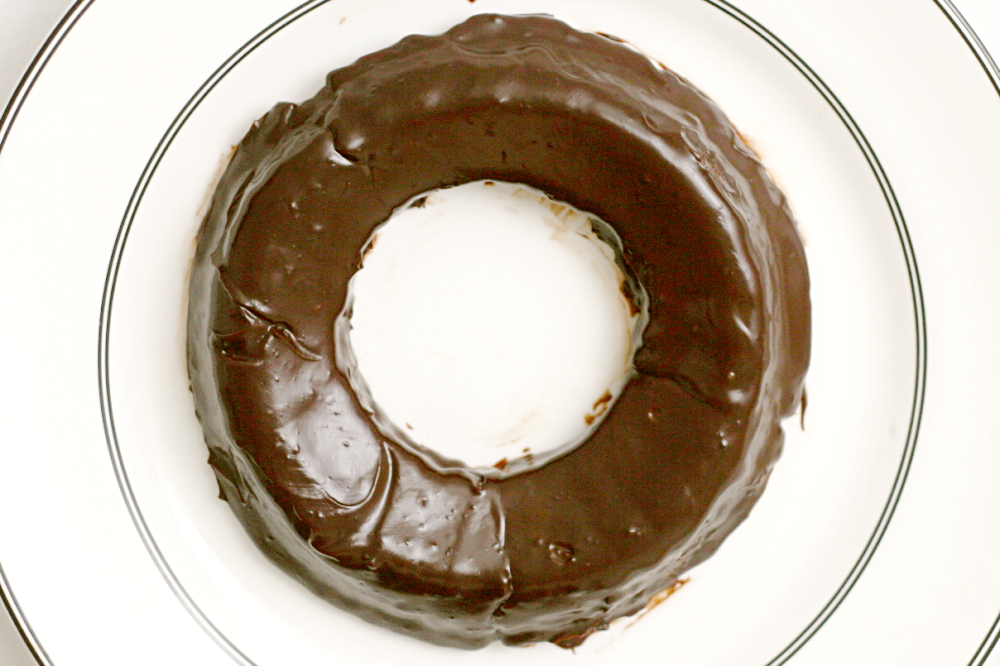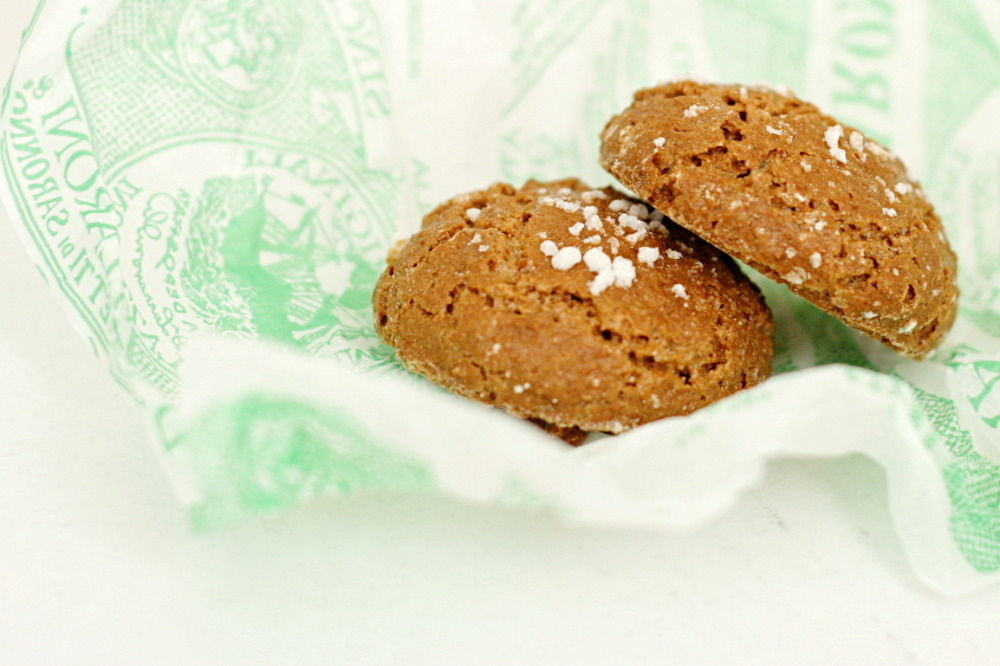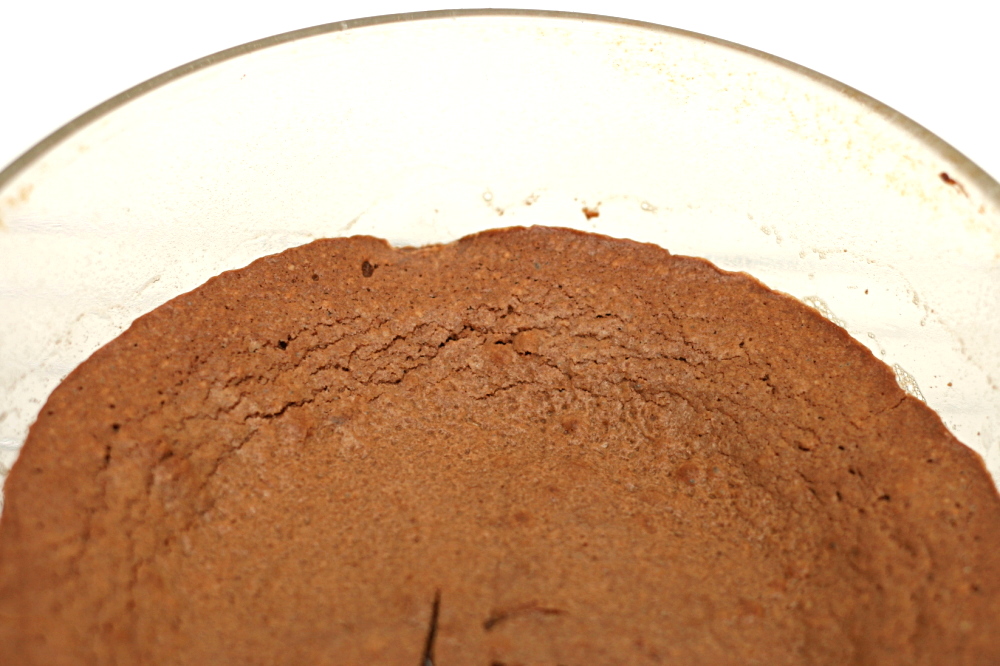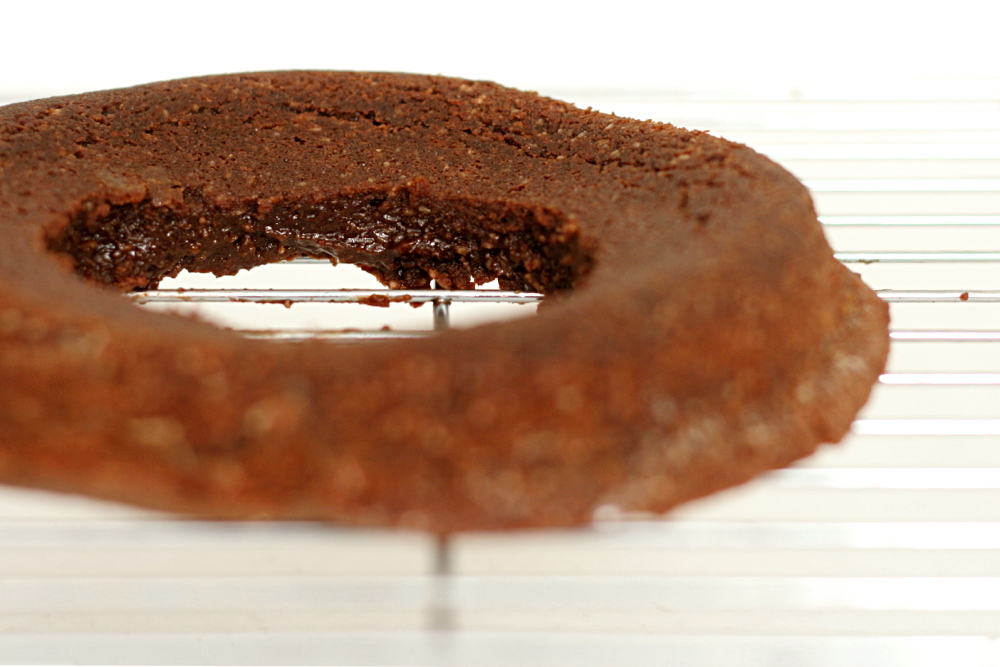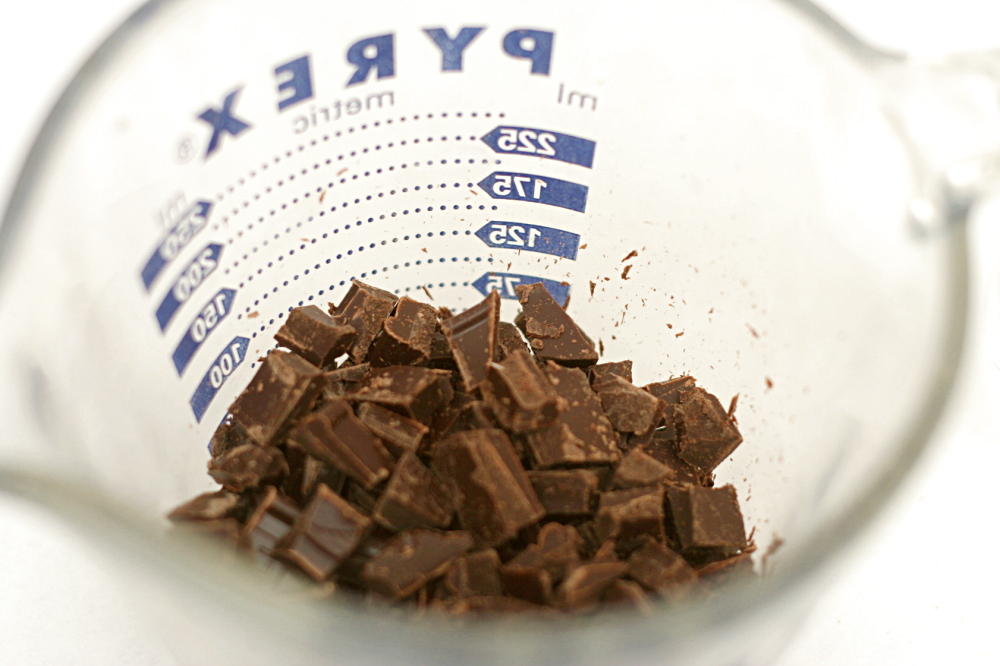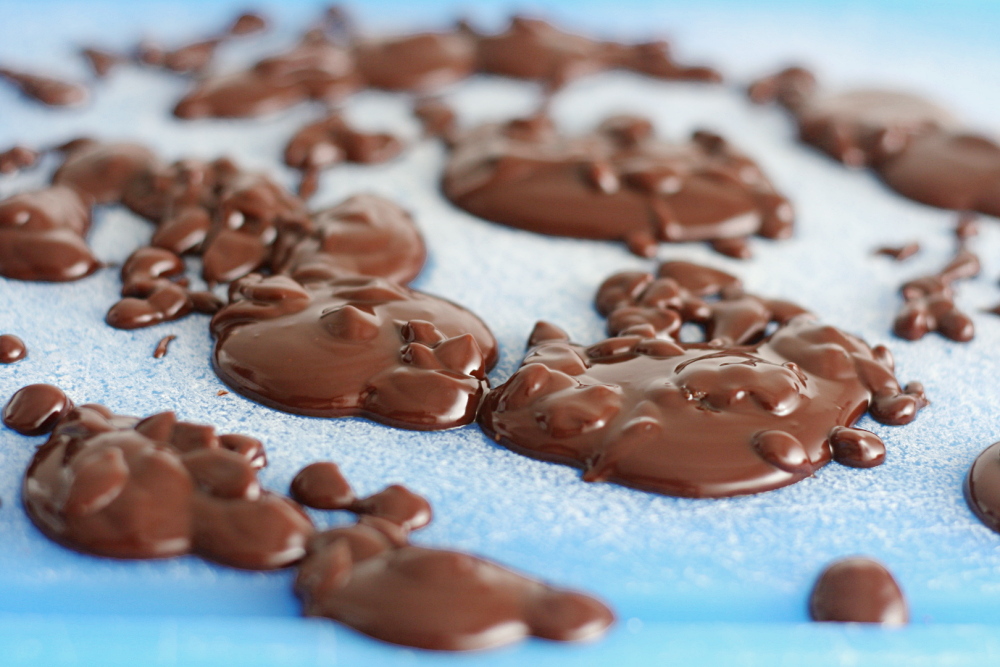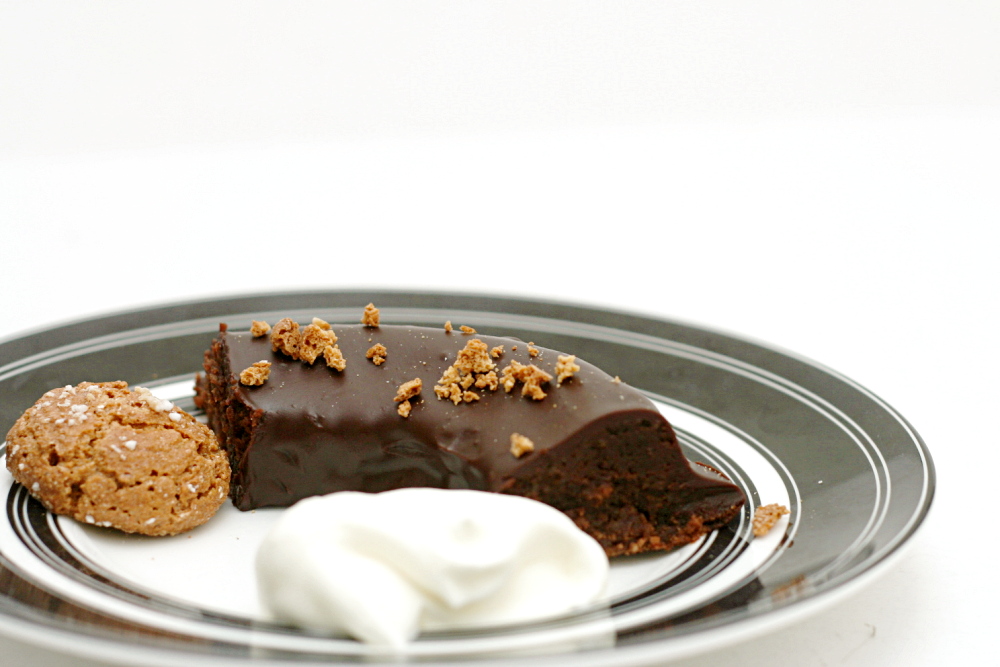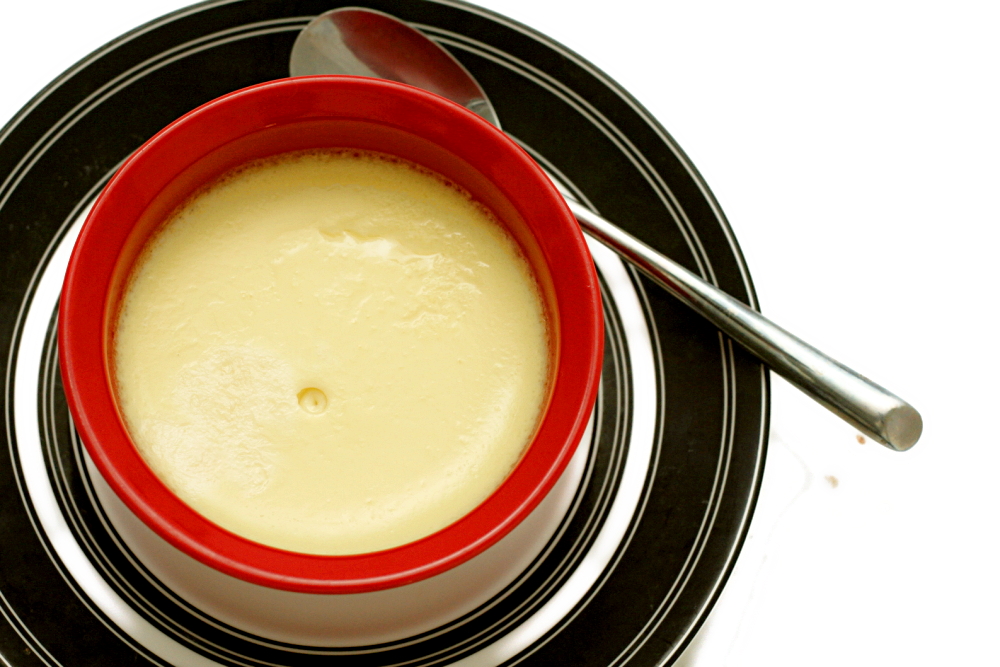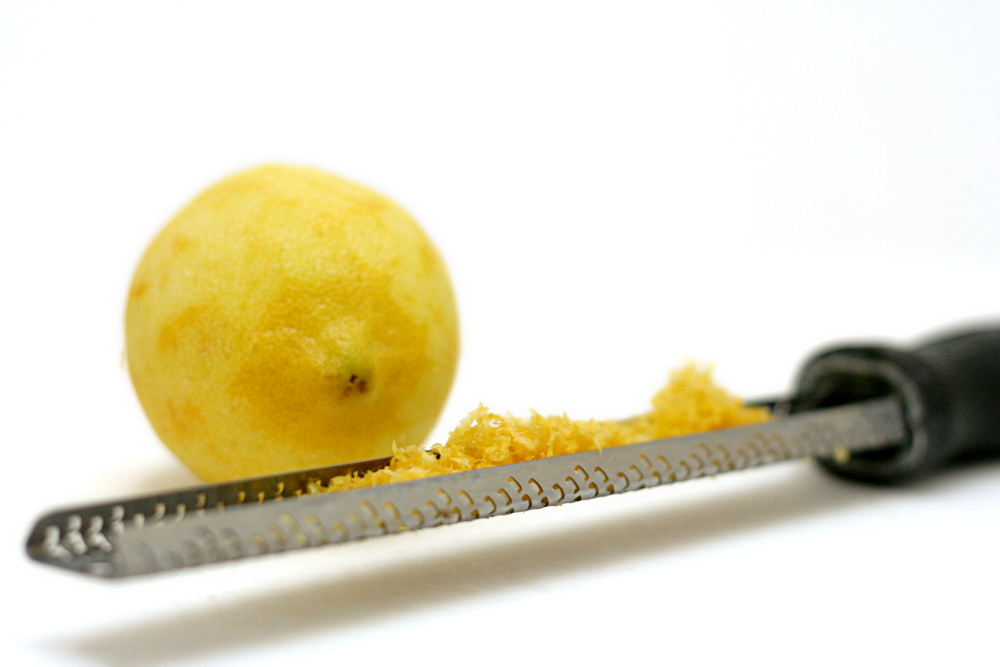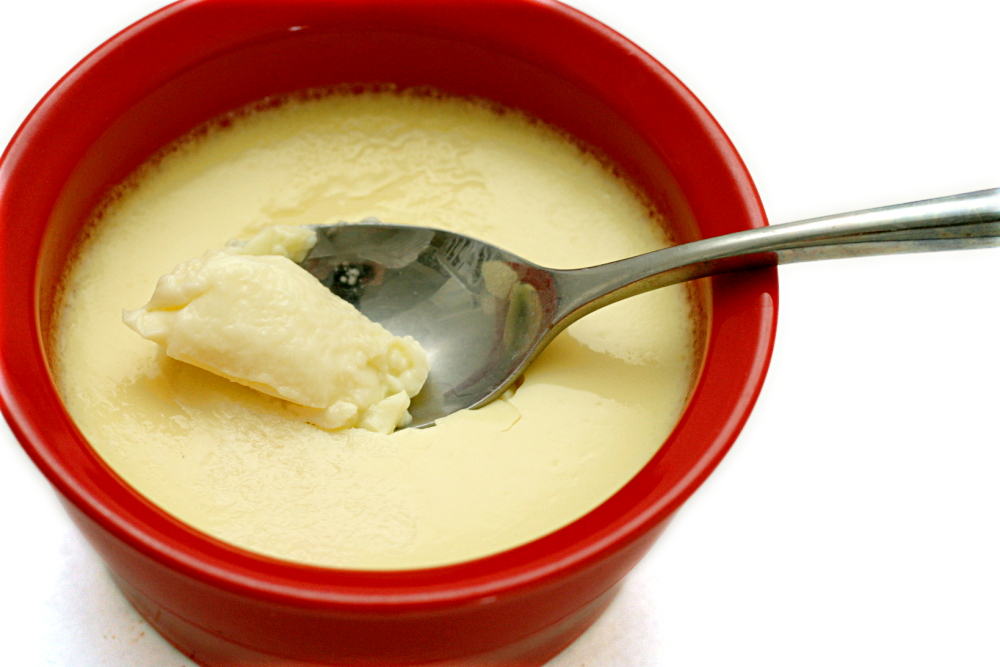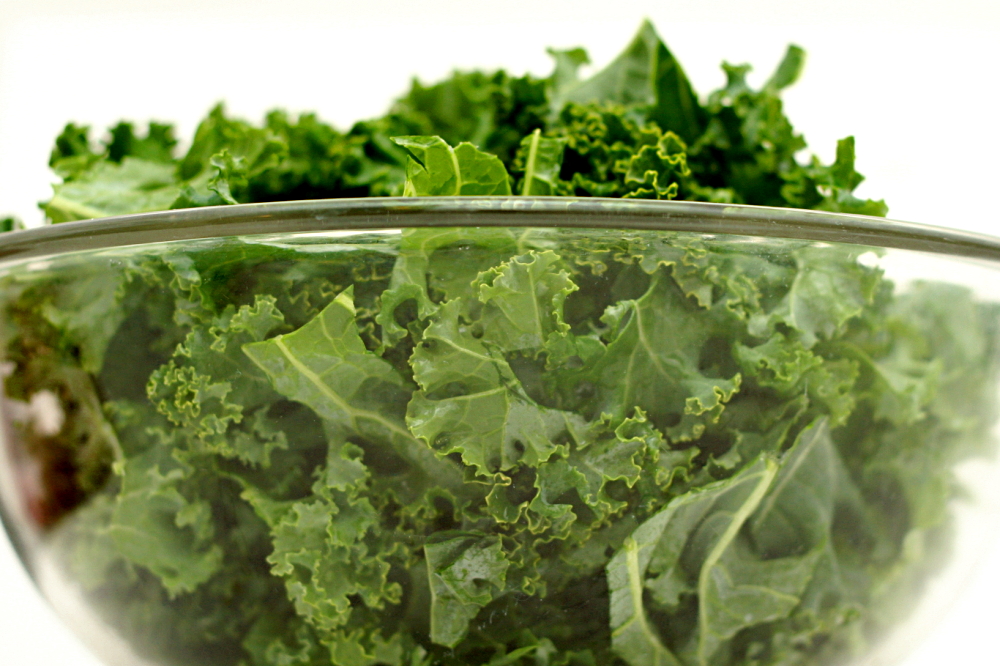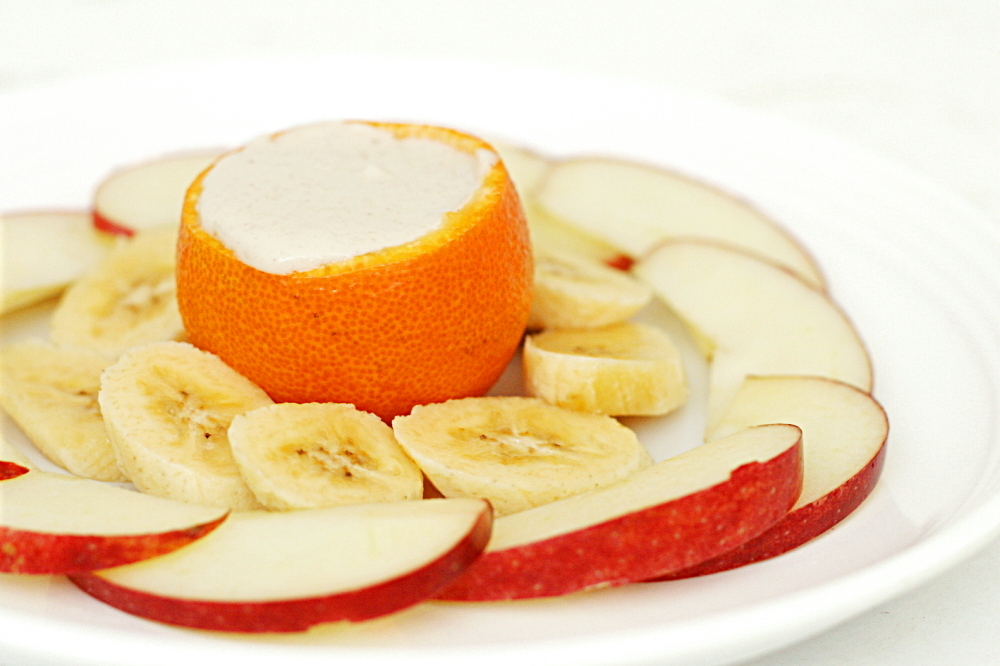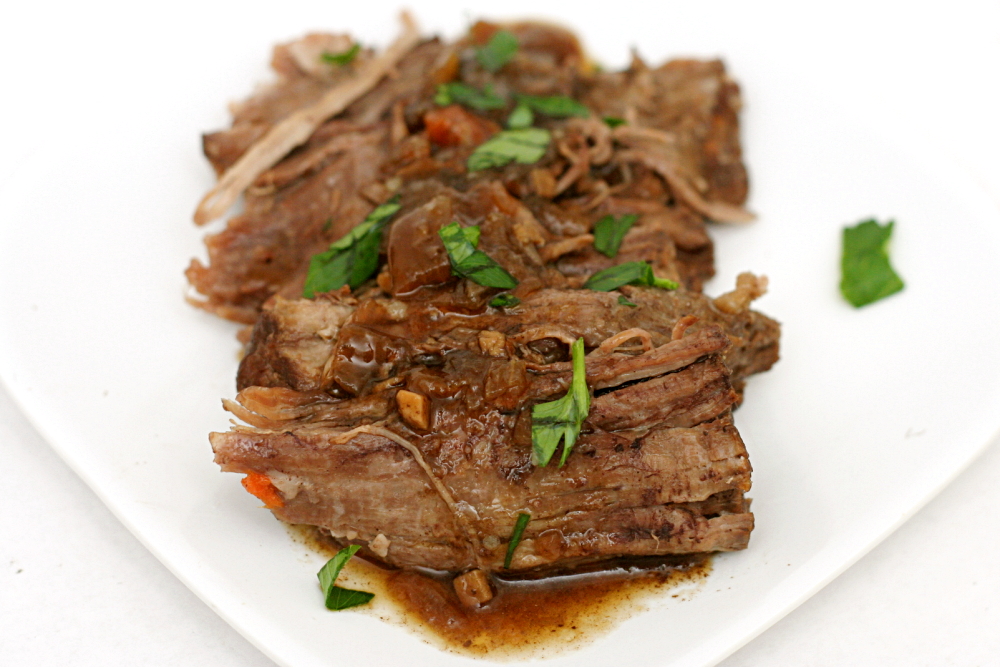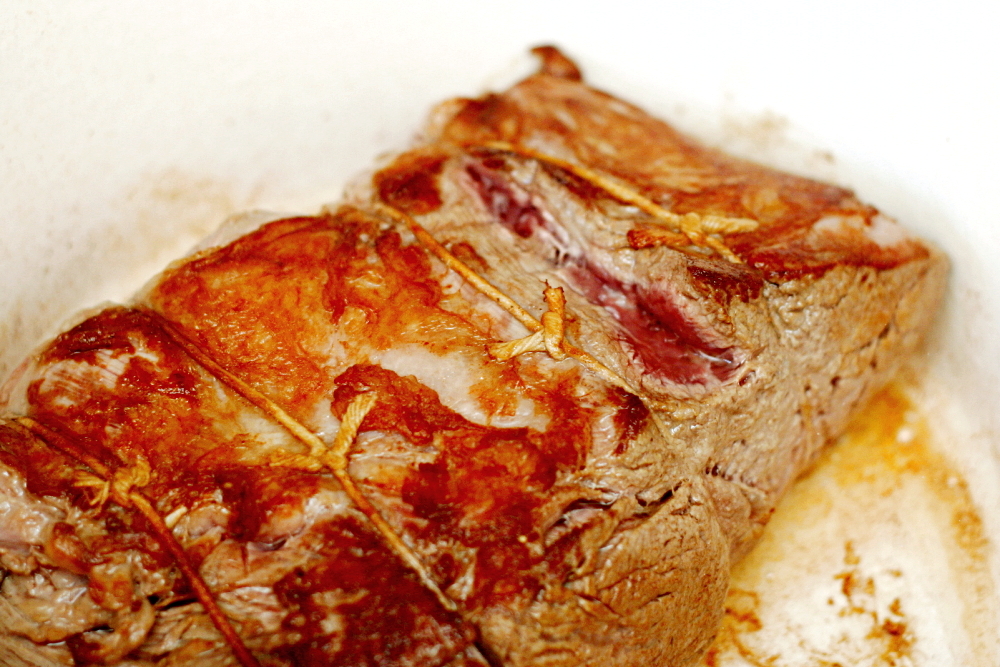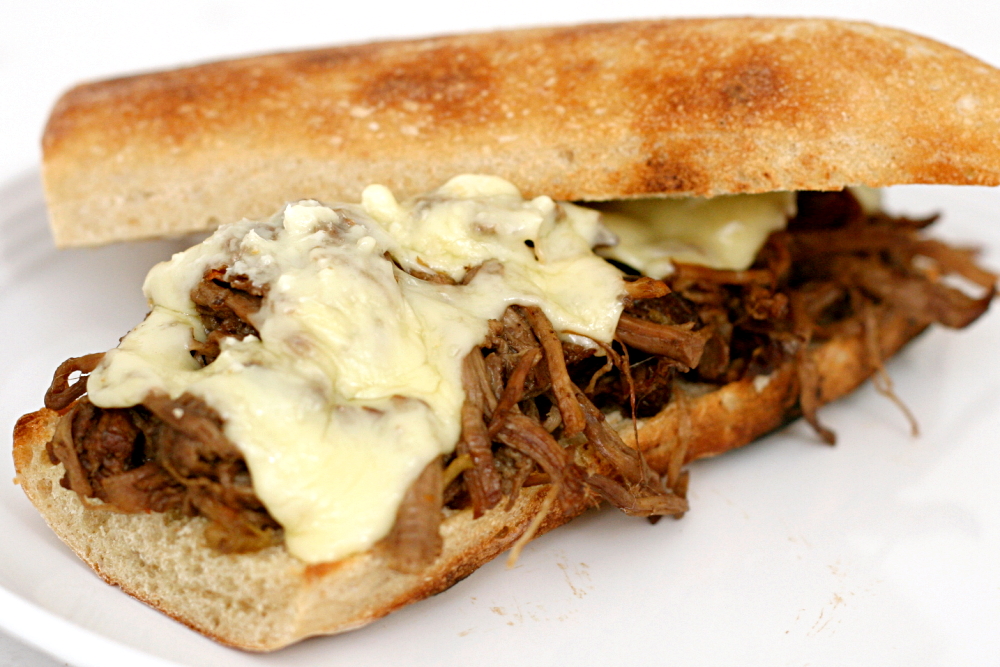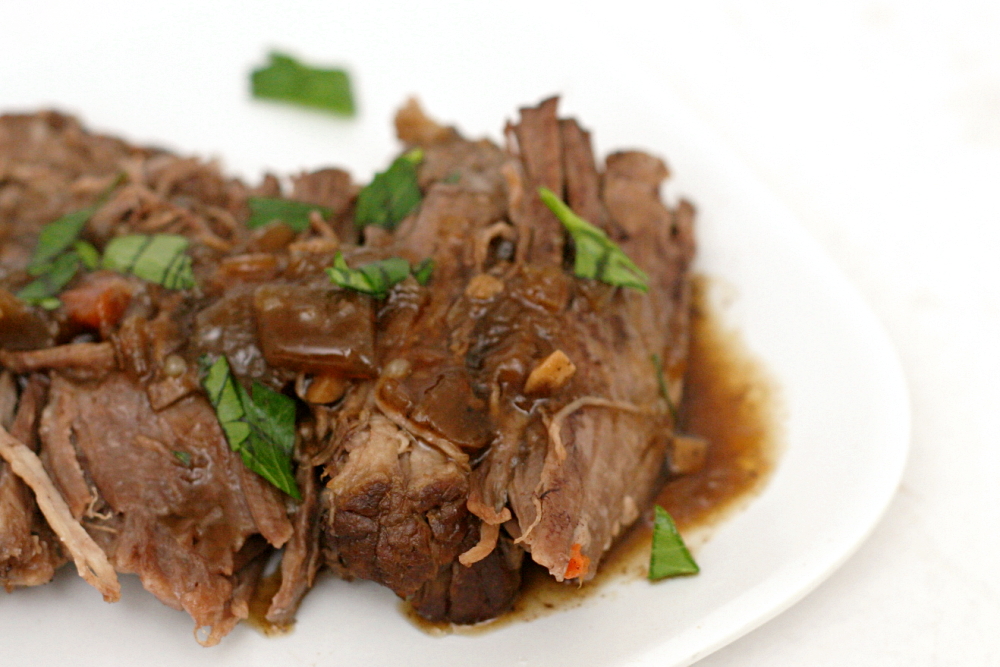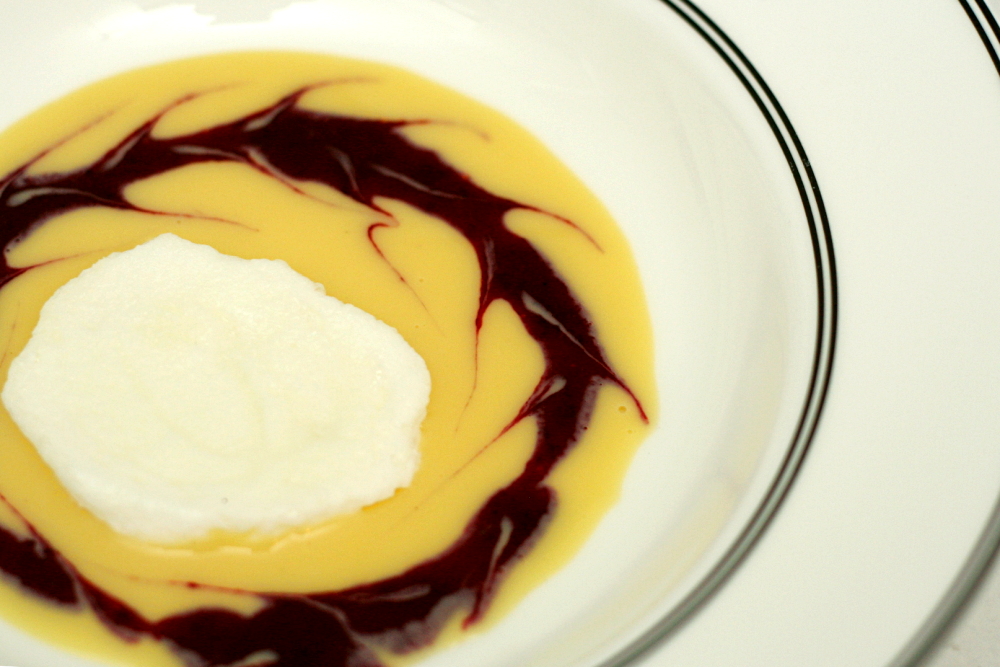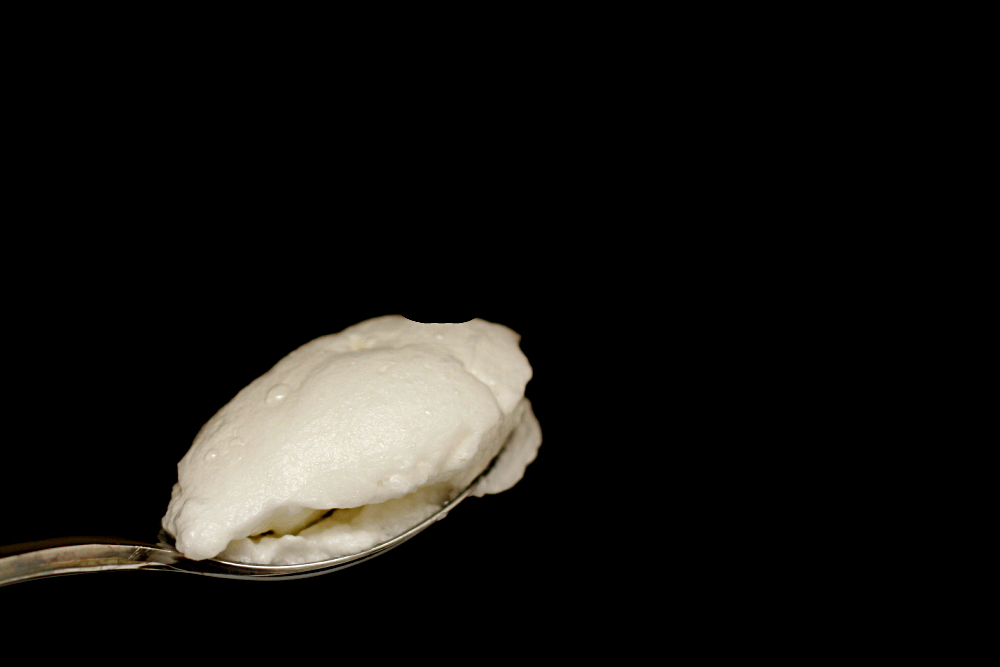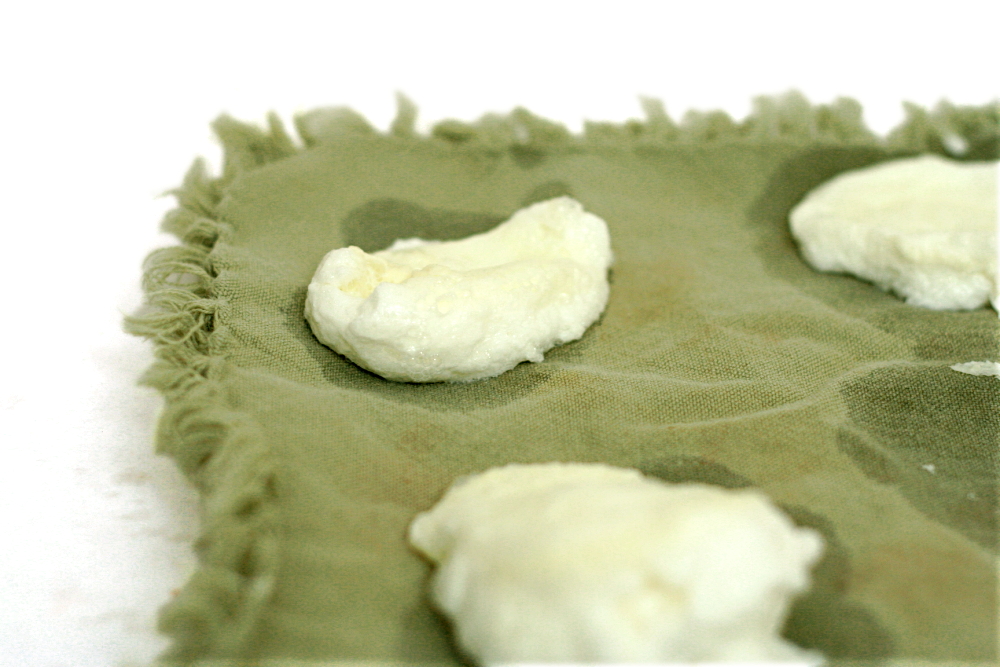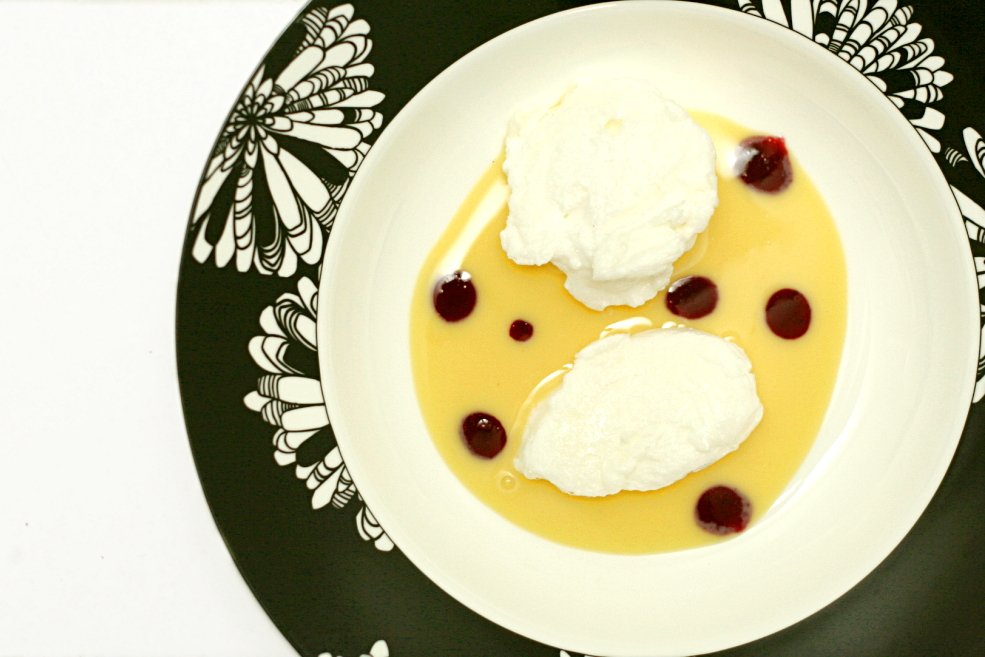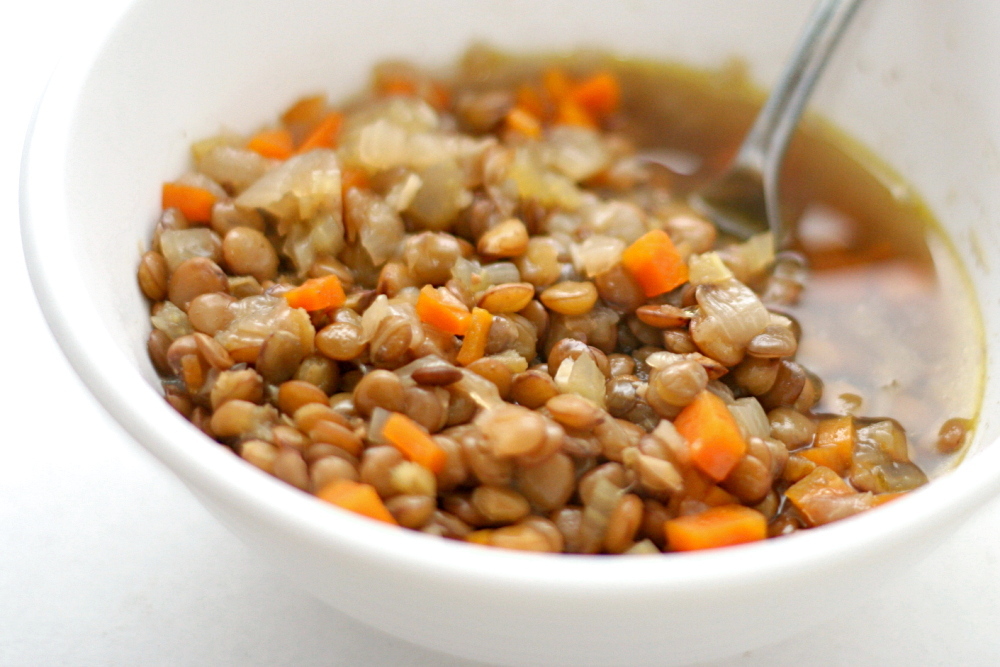
I recently had a friend visit, and somehow, her week-long trip turned into a wine and cheese fest. The wine part of the trip started immediately. We didn’t start hitting the cheese until the third day, but once we’d started, it quickly escalated. On her last night, for a grand finale, we made macaroni and cheese for dinner. We had cheese and crackers for an appetizer. We had chocolate fondue for dessert, and one of the dippers was cheesecake. We also had a lot of wine. It was glorious.
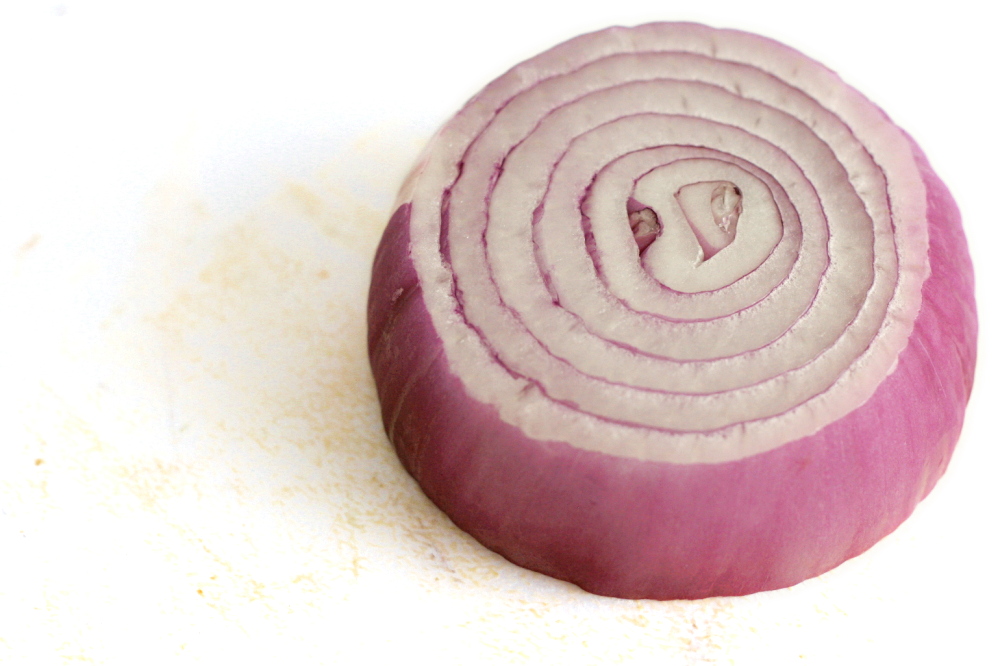
The next day, however, not so much. Poor Ramie was stuck on planes all day, but after dropping her off at the airport, I came home and immediately worked out. Then I considered what to make for dinner – something healthy(!) and easy that didn’t require a trip to the store. I didn’t have salad ingredients and the weather was rainy and cold, so lentil soup was exactly what I wanted.
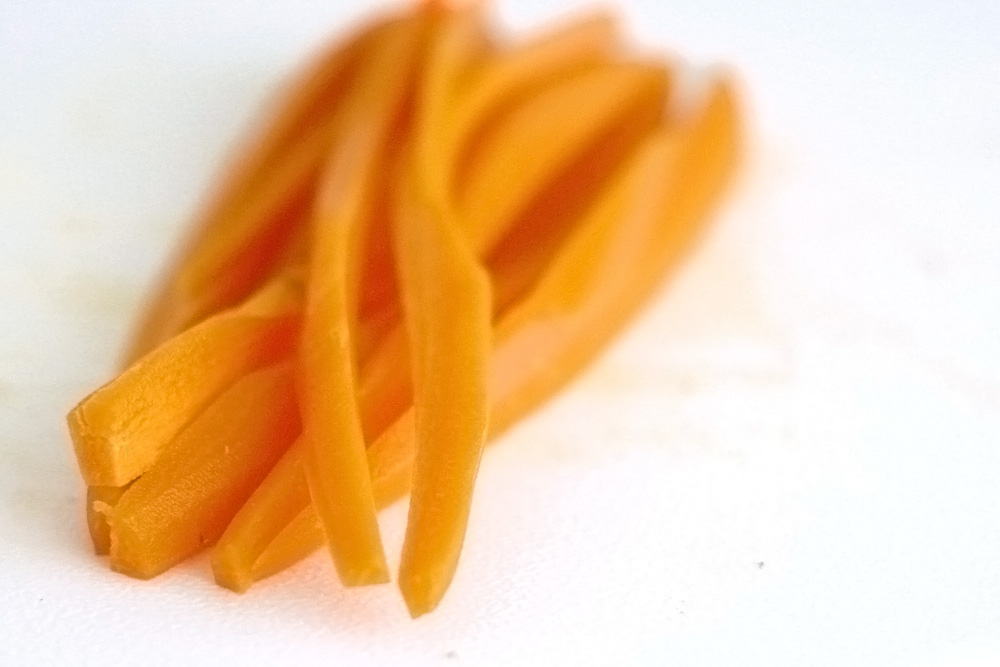
Mark Bittman has a simple recipe in his How to Cook Everything Vegetarian that calls for lentils, carrots and celery to be cooked in broth. An onion is supposed to be sautéed separately and then stirred into the cooked lentils. What is that about? Why am I using an extra dish, skipping any sort of caramelization of the carrots and celery, and denying my broth of soaking up onion flavor as it simmers? With no explanation for such an unusual method, I chose to cook this in a more traditional order, sautéing all of the aromatics together before adding the broth and lentils. I also decreased the oil and increased the amount of vegetables, because, you know, the cheese and wine detox.
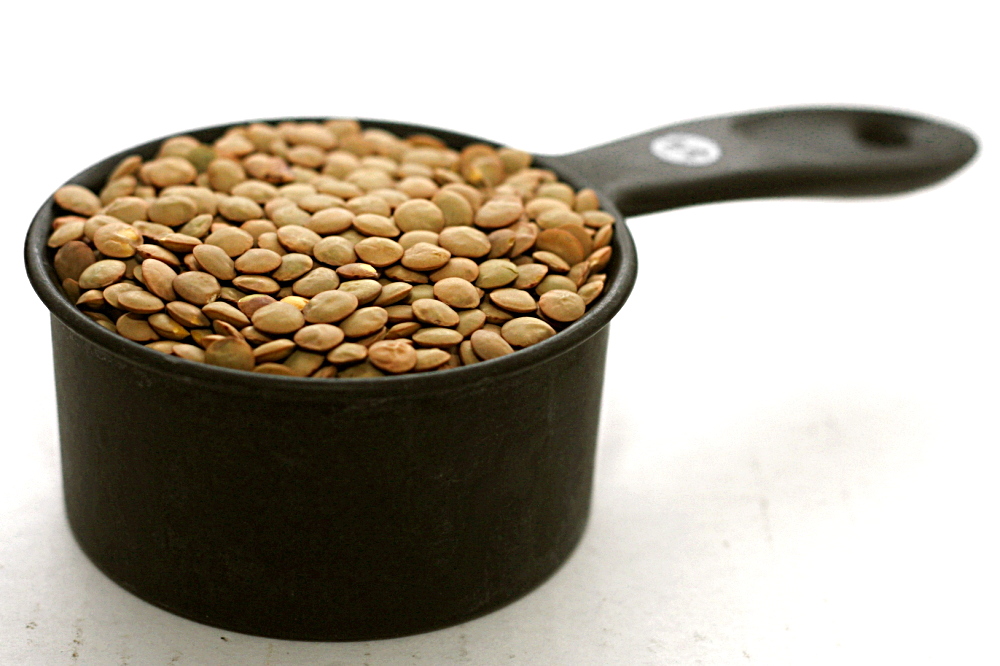
The soup was just perfect. It was simple, it was filling, it was healthy, and it was delicious. The lentils were tender but not mushy, and the broth was perfect with some rustic whole wheat bread. It goes to show that healthy food can be just as tasty as something more indulgent. Of course, the next day we had pizza for dinner. I don’t want to go too crazy with taking a break from cheese.
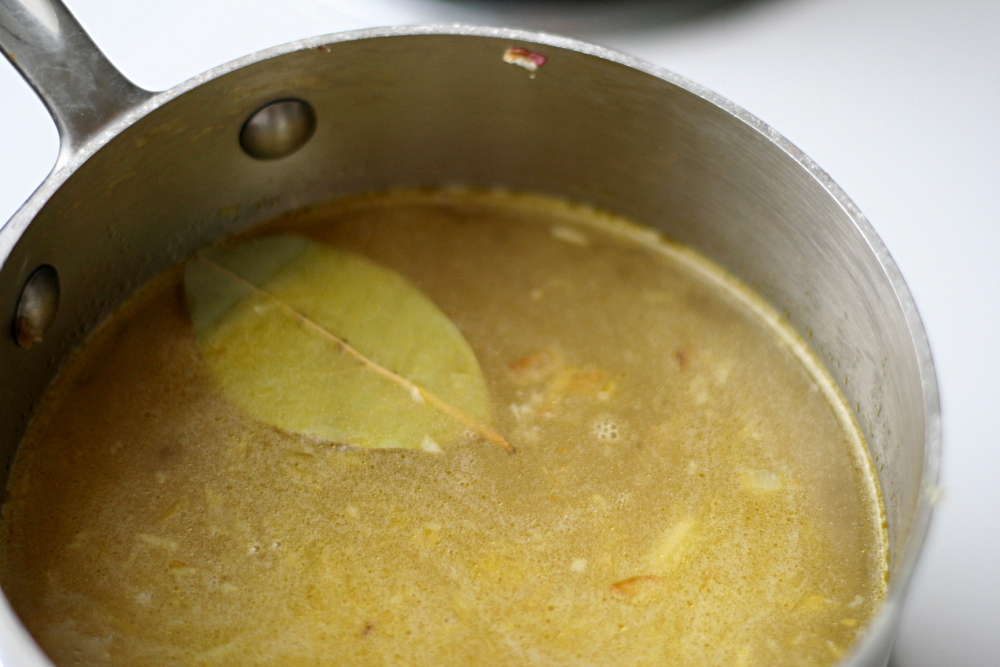
One year ago: Florida Pie
Basic Lentil Soup (adapted from Mark Bittman’s How to Cook Everything Vegetarian)
Obviously, Bittman calls for vegetable broth (or water) in his Vegetarian cookbook, but since I’m not actually a vegetarian, I usually use chicken broth. How much salt you need to add will depend a lot on your broth.
2-3 main dish servings
1 tablespoon olive oil
1 carrot, diced small
1 celery stalks, diced small
1 onion, diced small
2 cloves garlic, minced
¾ cup lentils, washed and picked over
4 cups chicken broth
1 bay leaf
freshly ground black pepper
salt to taste
1. Heat the oil in a medium saucepan over medium heat. Add the carrots, celery, and onions and cook until just brown around the edges, about 8 minutes, stirring occasionally. Add the garlic; cook, stirring constantly, until fragrant, about 1 minute. Stir in the lentils, broth, bay leaf, and black pepper, increase the heat to medium-high, and bring to a boil. Once the mixture boils, reduce the heat to medium-low, cover, and simmer until the lentils are tender, about 30 minutes. Adjust the heat as necessary to keep the soup at a simmer.
2. Once the lentils are tender, remove the bay leaf and adjust the seasonings as necessary. Serve. The soup can be made a few days in advance and refrigerated.
